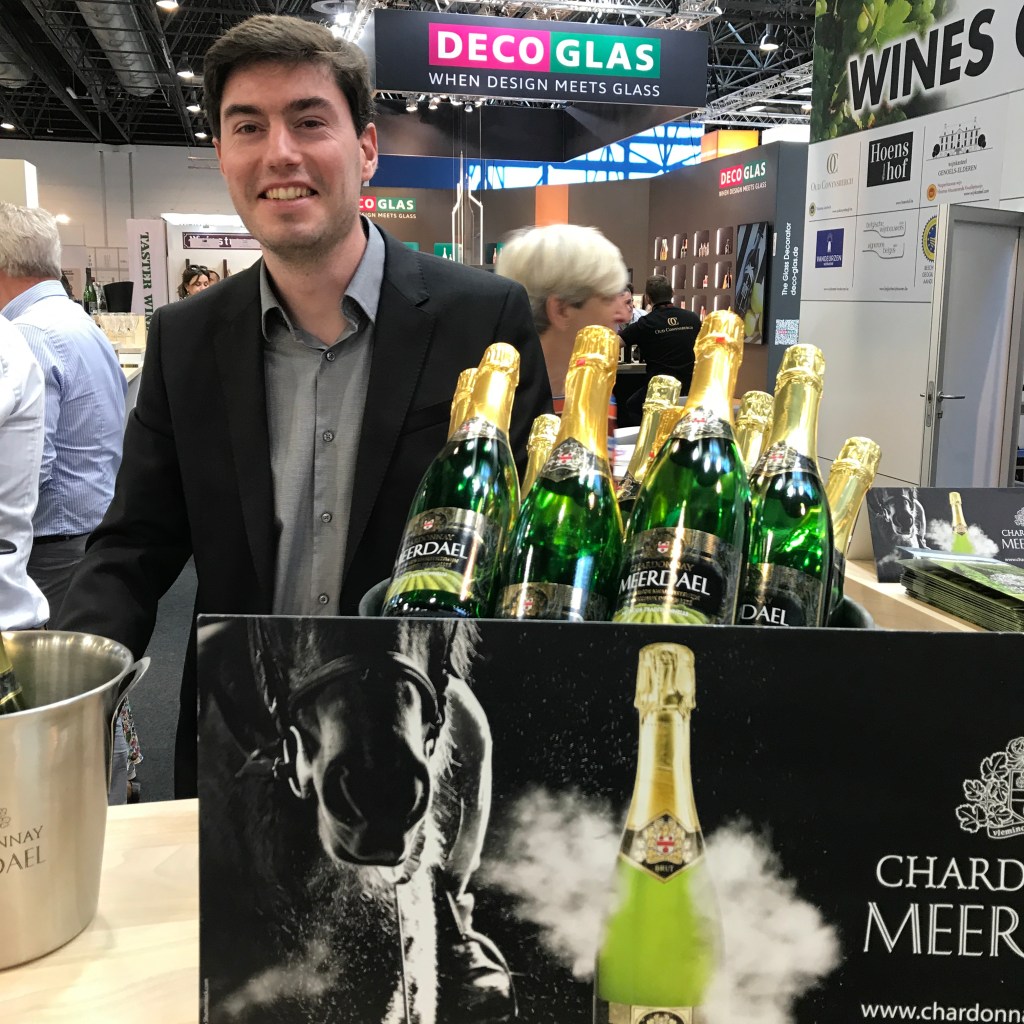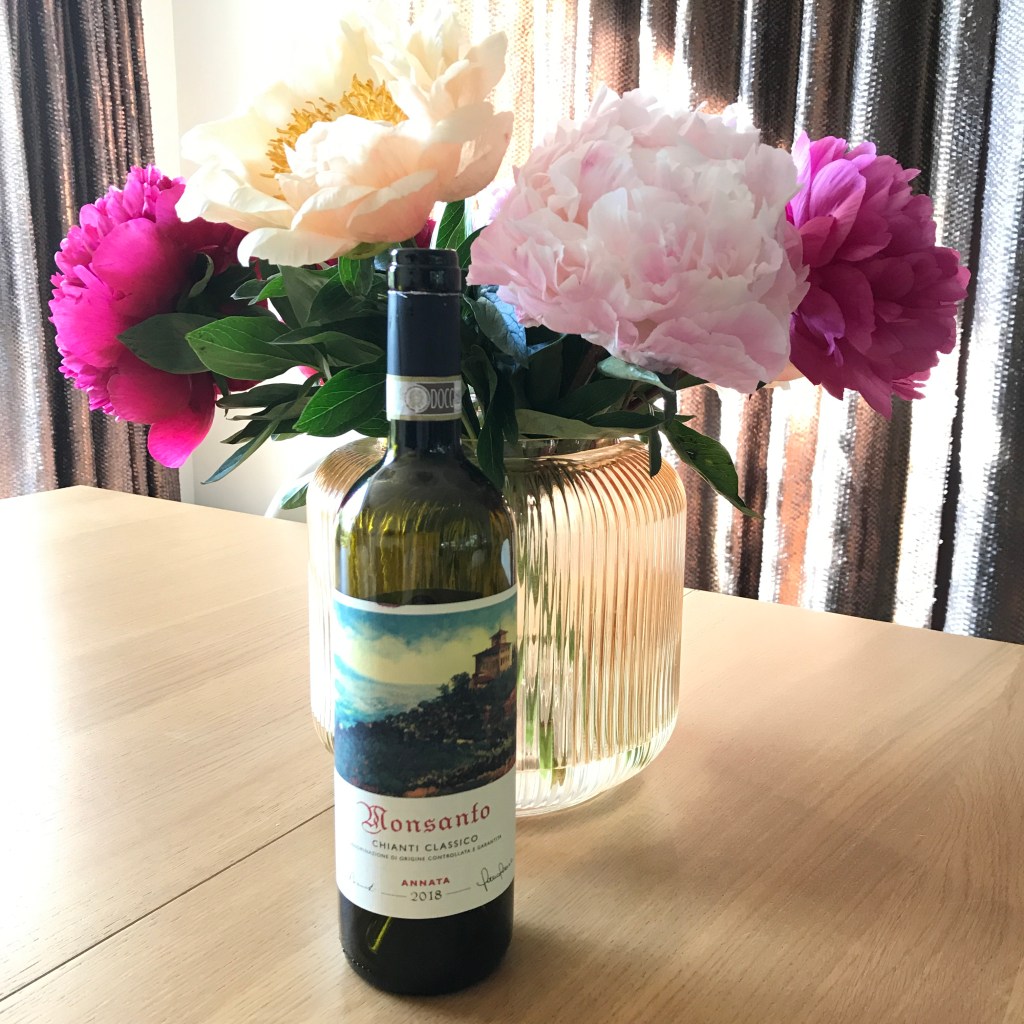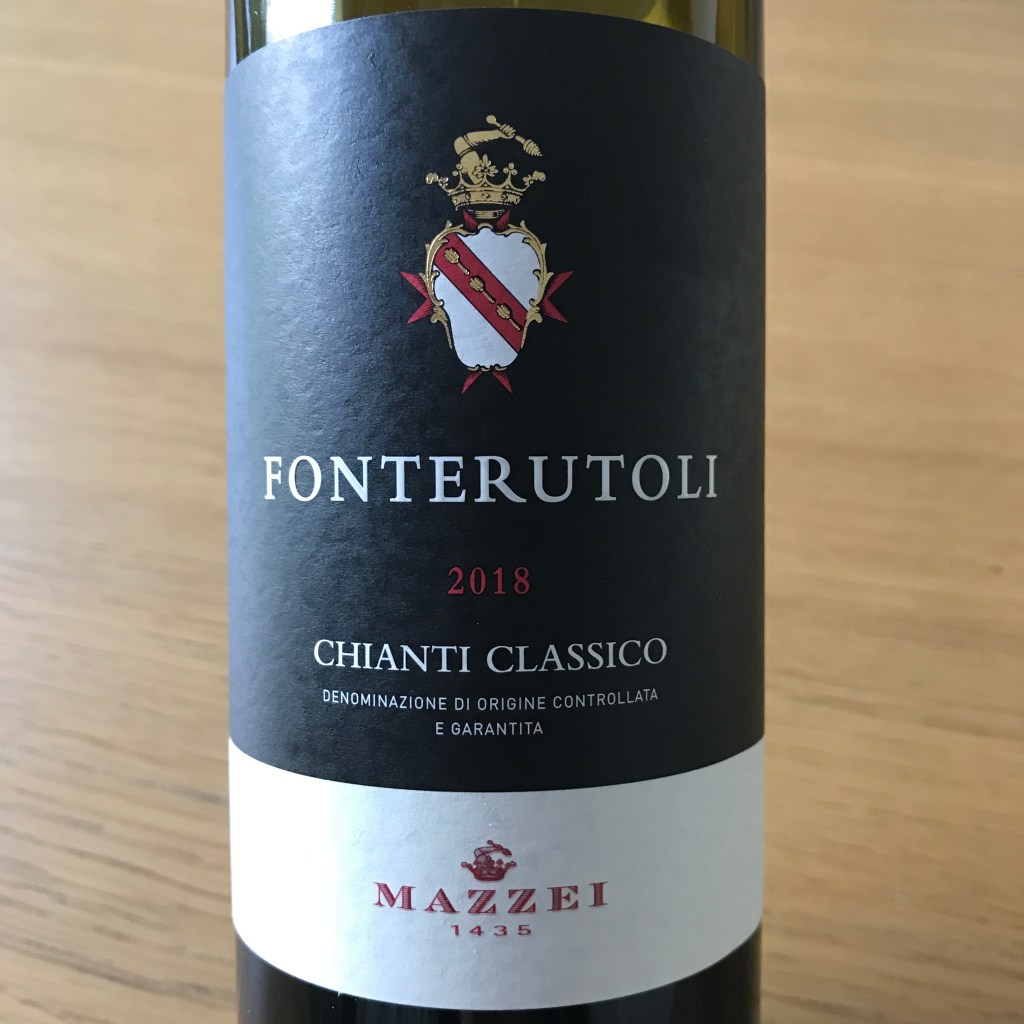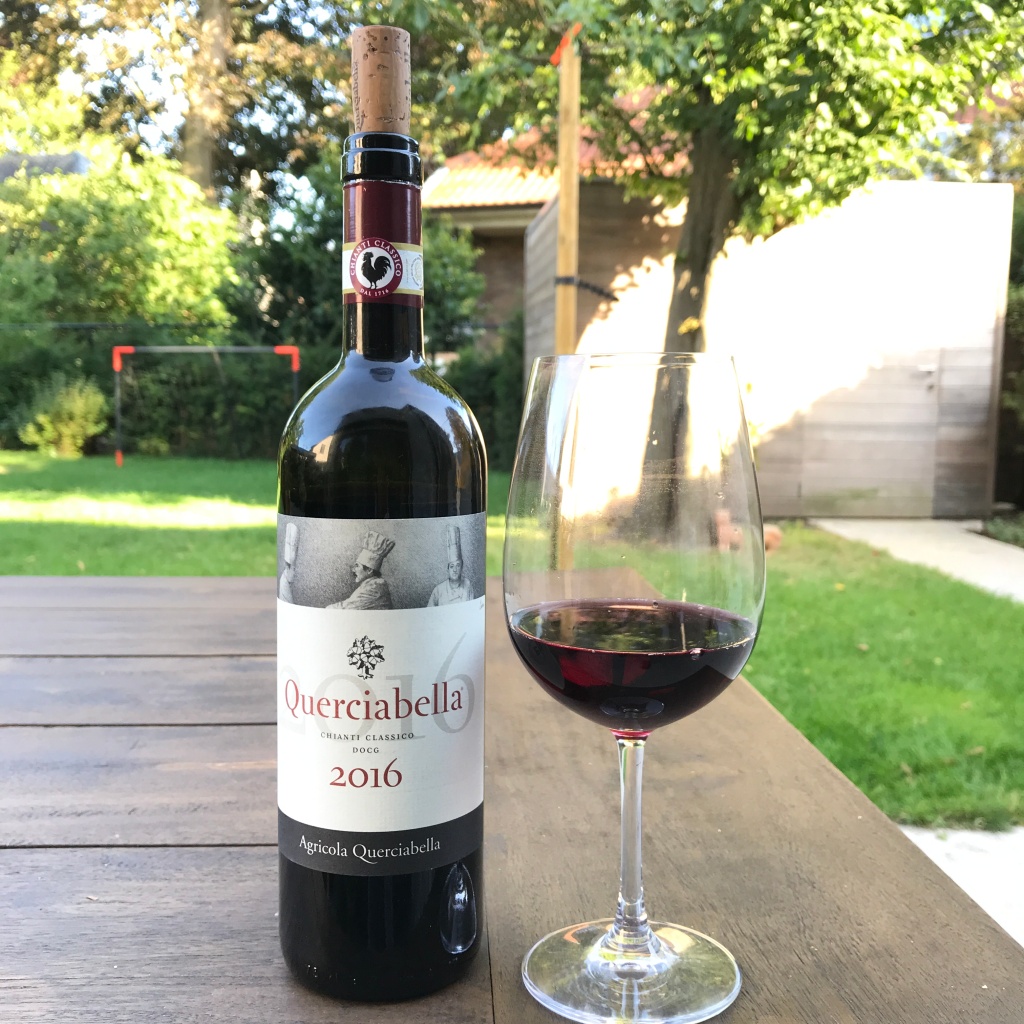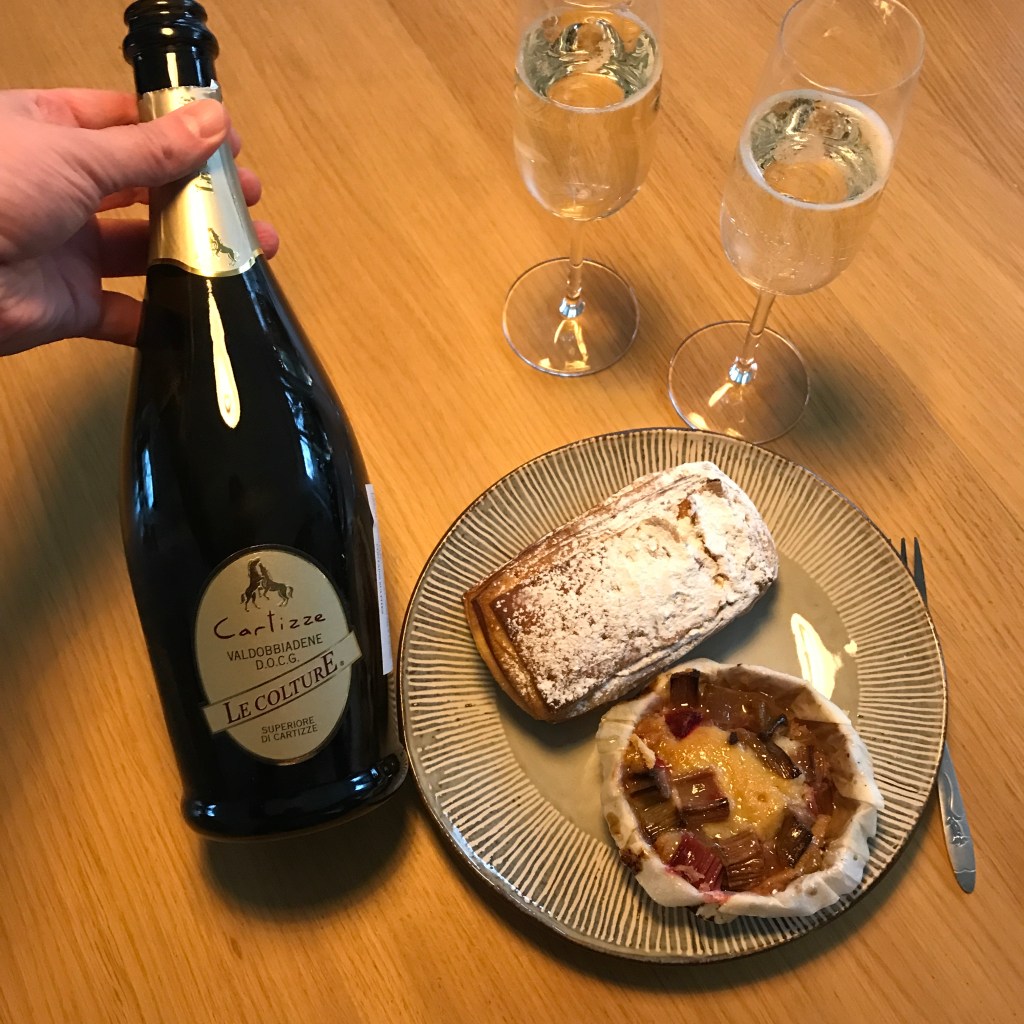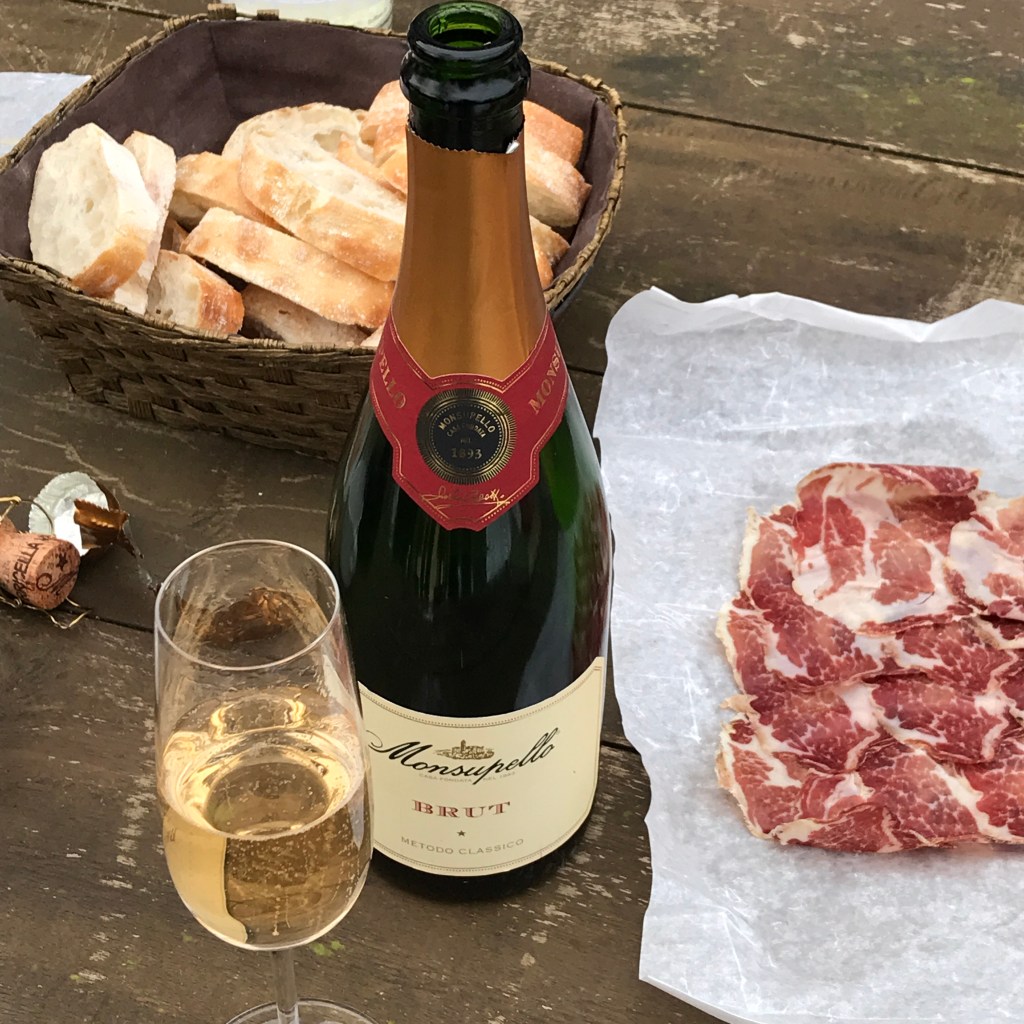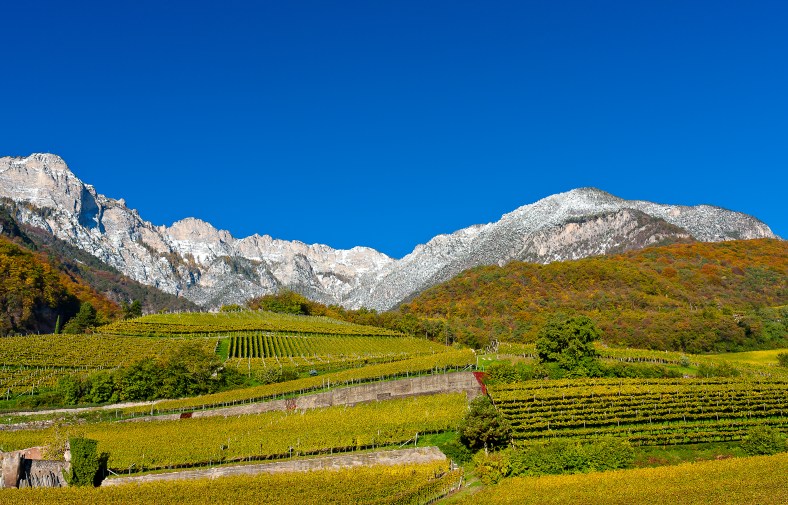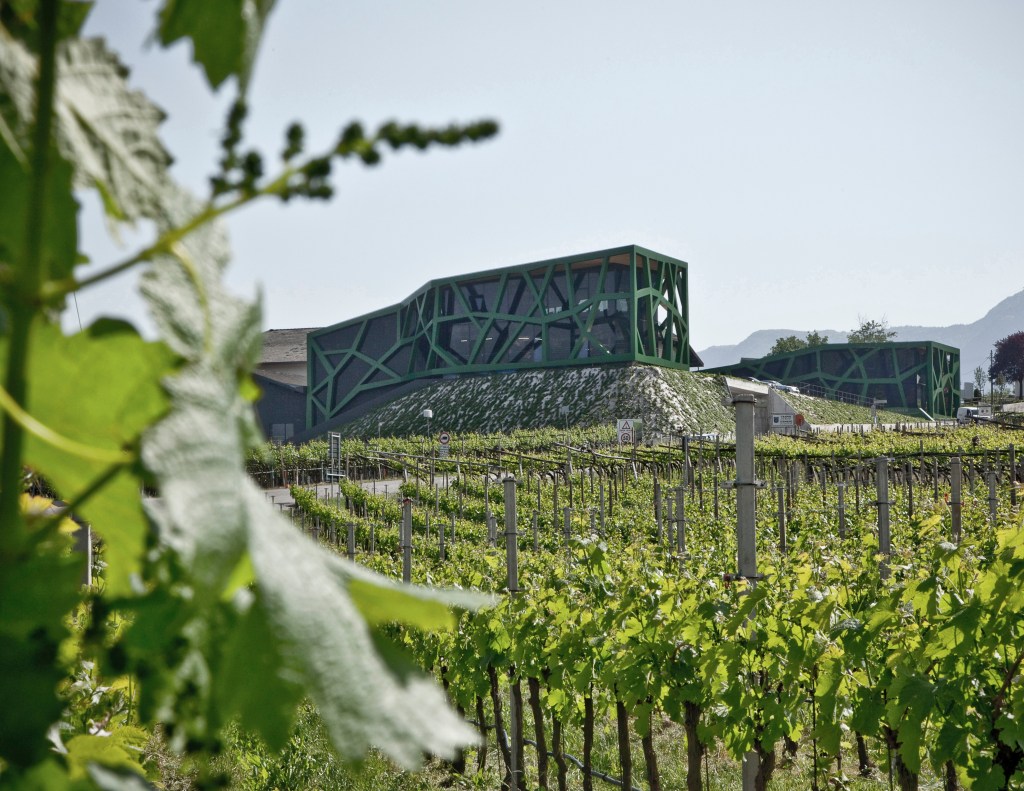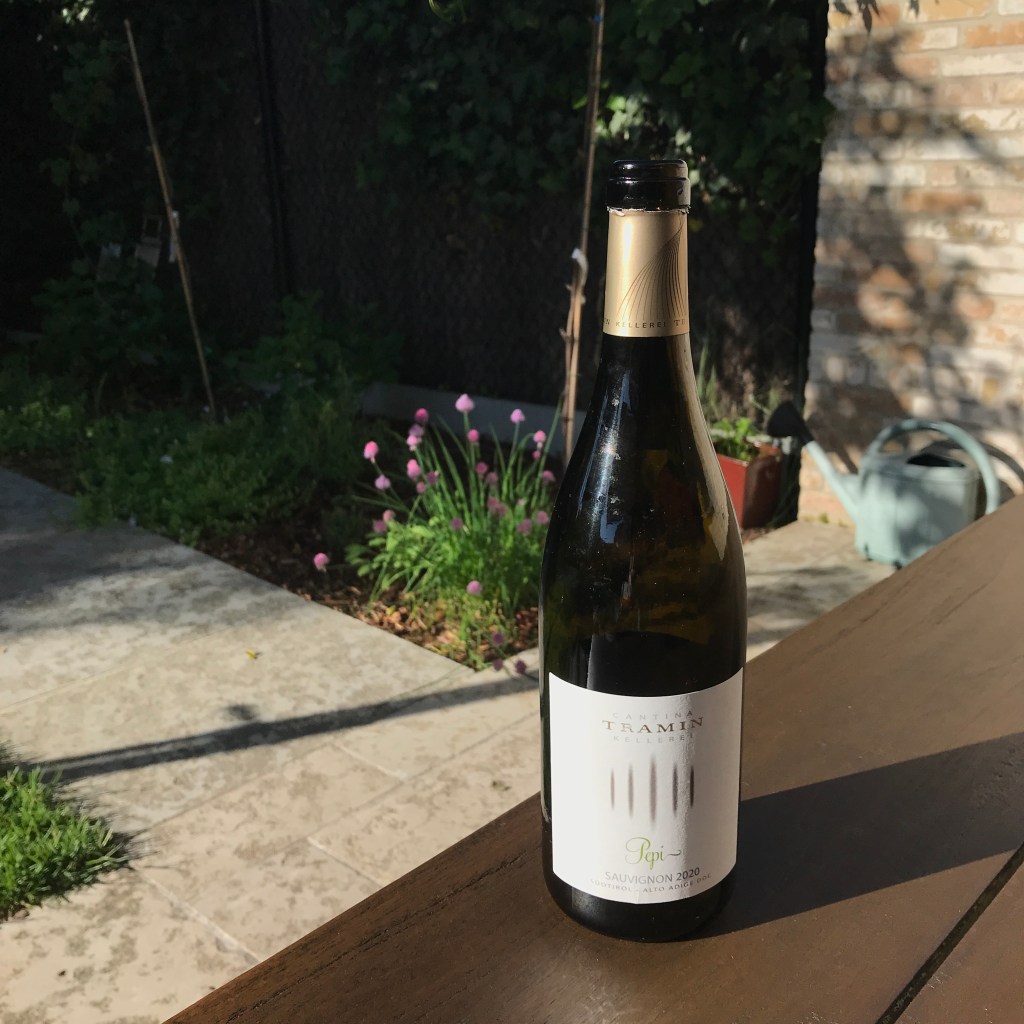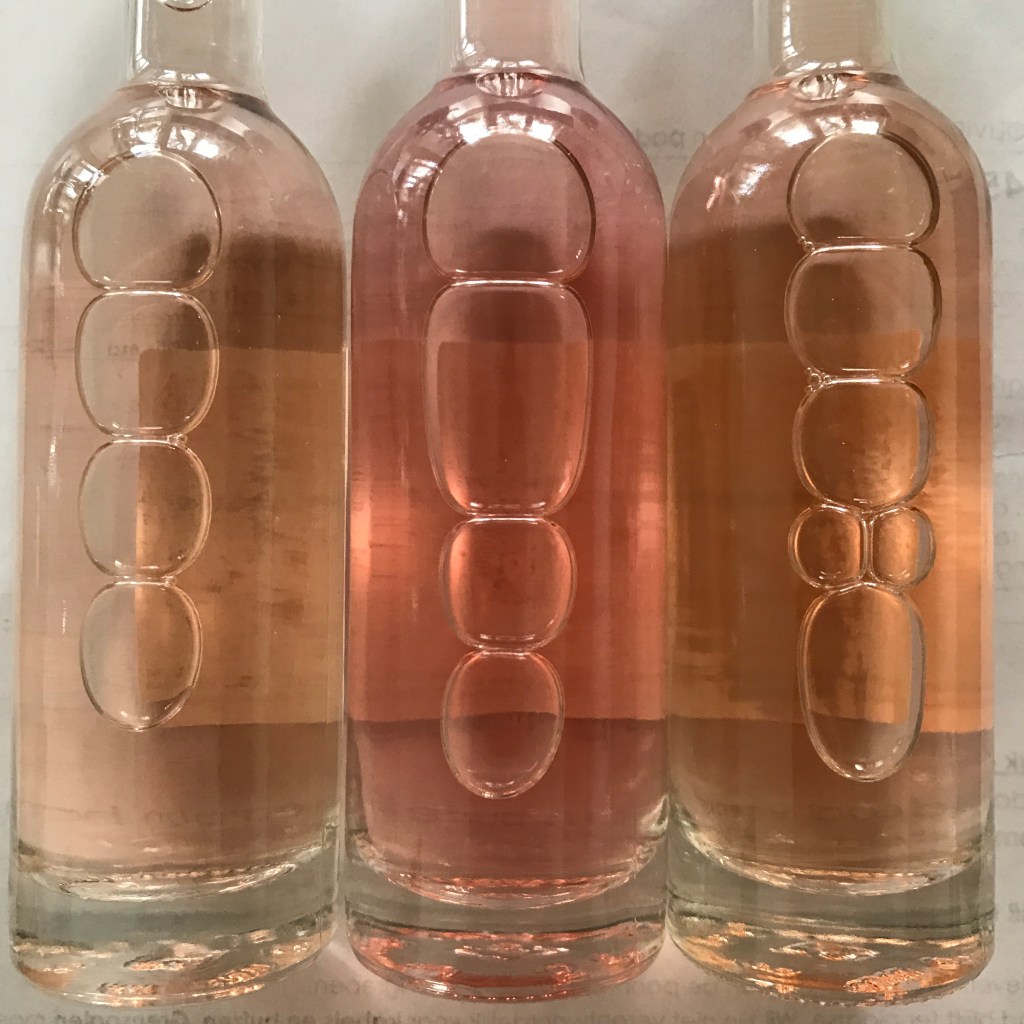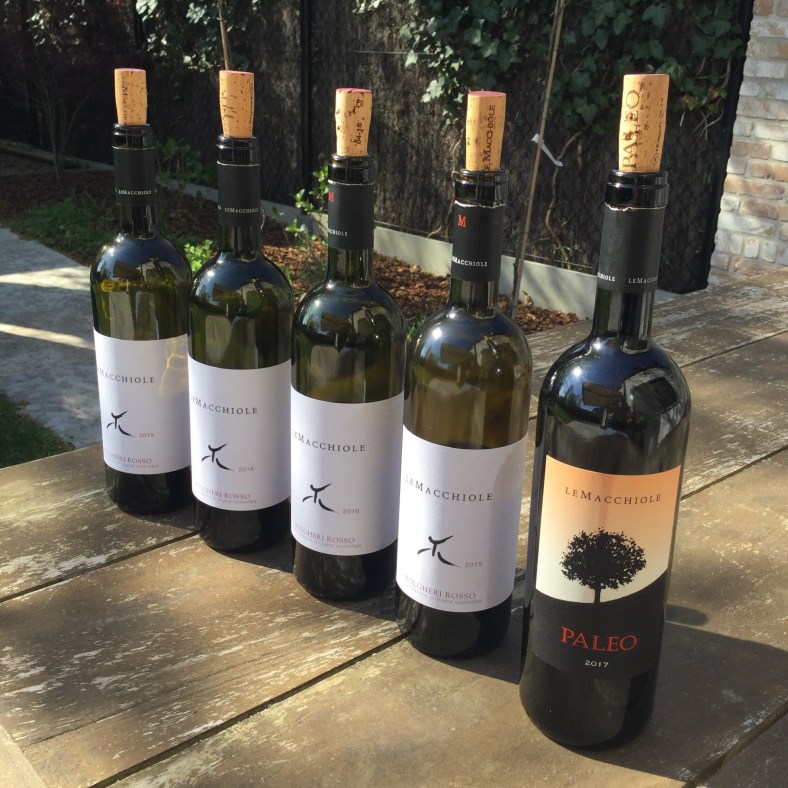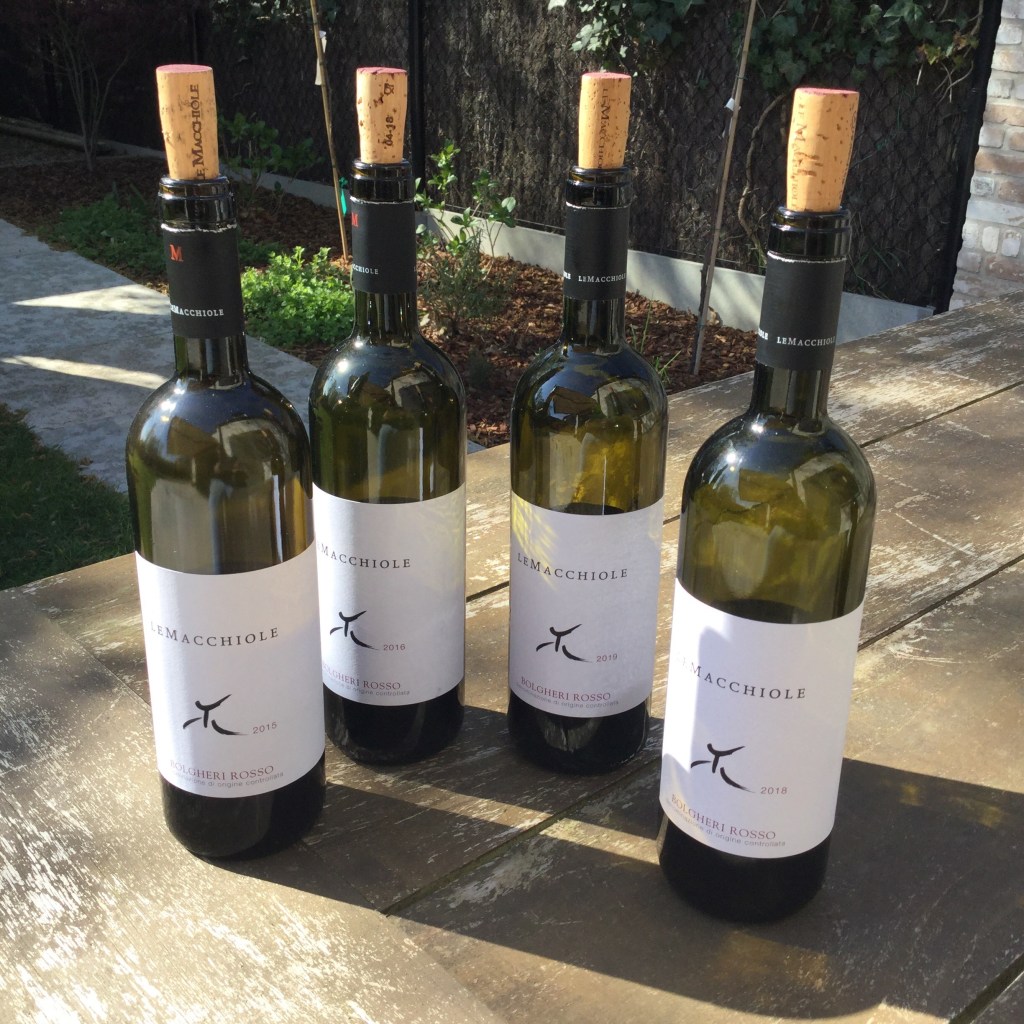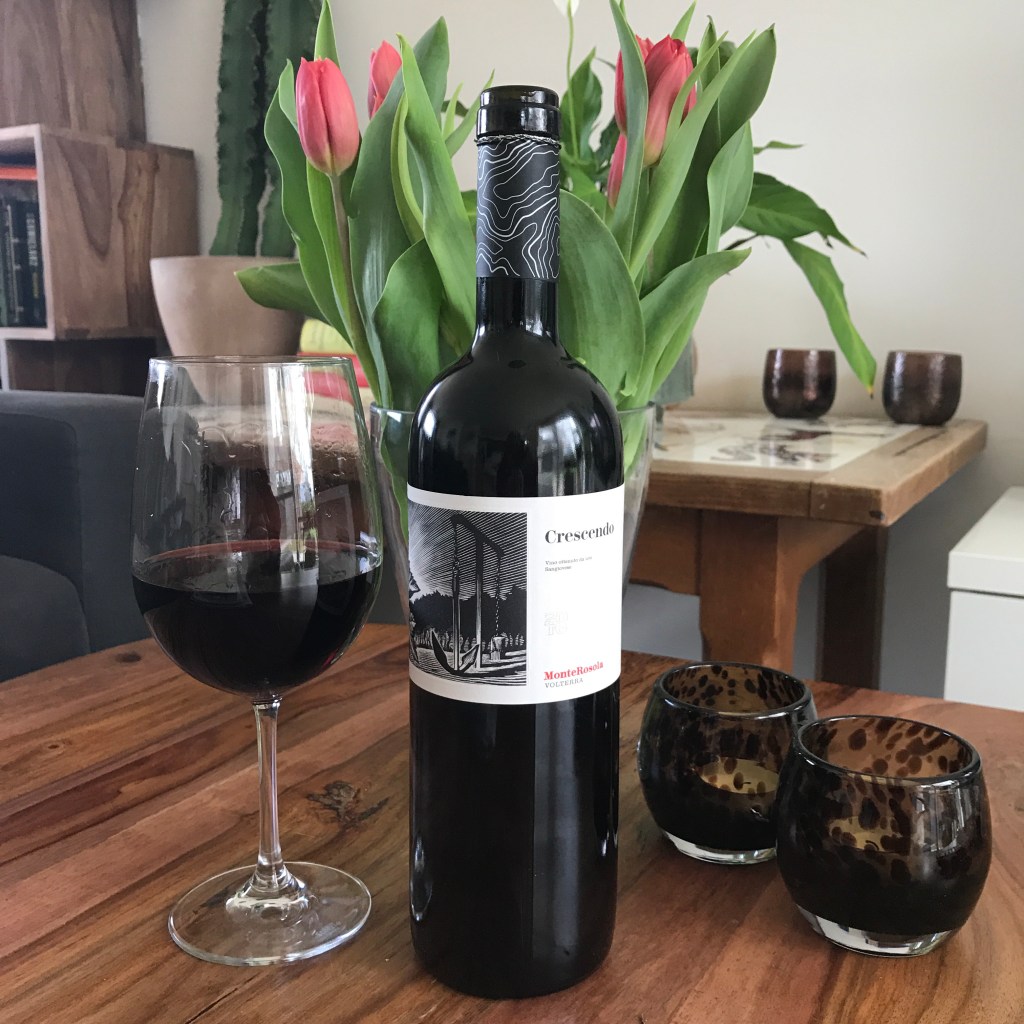With a new summer come new campaigns for rosé. The Anteprima del Chiaretto promotes the crisp and fresh rosés from the Garda Lake, in northern Italy. These wines are made of the same grapes as the red Bardolino, so mainly Corvina, often complemented with Rondinella.
Just as last year I received samples of the new vintage. My assessment last year of the 2020s was very positive. I remember writing that it would be hard to pick a bad Chiaretto. The balance of those rosés was the main reason for that, with attractive red fruit and that typical crisp acidity that gives that mouthwatering quality to Chiaretto. The 2021 vintage proved to be a more uneven vintage, with generally speaking a markedly higher acidity, so not everyone managed to achieve that balance of the 2020 Chiaretti. One winery that managed particularly well despite the challenges, is Vigneti Villabella. Not only were their four Chiaretti consistently good and nicely balanced, one of them also showed remarkable complexity and depth. Impressed by their wines, I spoke to Mr Franco Cristoforetti to find out more.

Vigneti Villabella was founded in 1971 on the shores of Lake Garda by Franco’s father, Giorgio Cristoforetti, and Walter Delibori. Despite the fact that Villabella produces wines from all the main DOP in the region, be it Bardolino, Valpolicella, Soave or Lugana, their focus has always been Chiaretto. As Mr Cristoforetti explains : “We know Corvina very well. We know how to work with it. For example, we have always selected vineyards of Corvina to make Chiaretto.” The latter is not always the case for rosé, as it can also be a by-product of red wine, when part of the juice is drained off to make rosé, often referred to as the saignée method. That was also the way that Chiaretto was produced, at least until 2014, when the Consorzio of Bardolino decided to start making a very fresh, crisp and sapid style of Chiaretto, using the direct press method. Mr Cristoforetti, who is also the president of the Consorzio, still speaks of that moment as a revolutionary decision. And for sure one they have reaped great benefits of. The production of Chiaretto went up from 4 million bottles in 2014 to 10 million bottles just a few years later.

Villabella’s standard Chiaretto di Bardolino is one of the standard bearers of the current style. “It has been a benchmark wine since 2014”, explains Mr Cristoforetti. “We chill the grapes, which allows us to extend the maceration. And longer maceration gives a stronger aromatic profile.” Already last year this wine was among my favorites of the 2020 vintage, and also the 2021 stands out because of the pleasantly fruity nose, with peaches and strawberries, refreshing acidity, and its delicate herbal aromas. “It’s the perfect wine for pizzerias or bars who serve rosé by the glass”. And the waiting staff will undoubtedly love the screwcap.
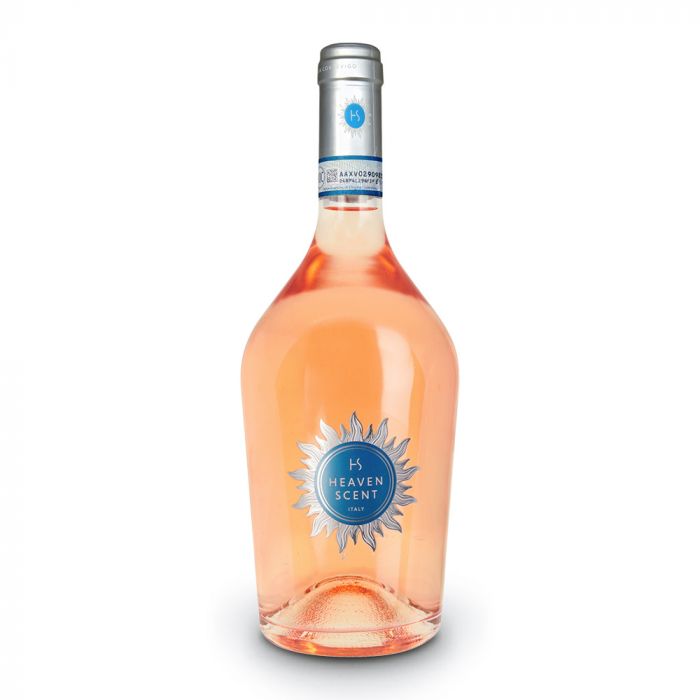
Another Chiaretto di Bardolino is Villabella’s Heaven Scent. It’s remarkably darker than the other one. “2021 was a more difficult year than 2020 for Chiaretto. In general there is the hallmark crispness and acidity, but the roundness of 2020 is lacking a bit here and there. We might have to wait a bit for the acidity to integrate and even out. But it was also a particularly challenging vintage to manage the color, which in turn reduced the maceration time. That also explains why 2021 can be less aromatic than 2020. Heaven Scent is a wine that we make for the Northern European market, including the UK. For them it is less important to have very pale rosé, so we let it get a bit more color.” It for sure is a typical example of the Chiaretto style, very juicy and fruity from the first sip, smooth and round, with attractive fruit and crispy freshness.

In 2002 the owners of Villabella buy Villa Cordevigo, a beautiful estate that they turn into the hospitality center of the winery. The surrounding vineyards are used for a separate line of wines that are sold under the Cordevigo label. “The grapes for the Villa Cordevigo Chiaretto 2021 are grown organically. It’s also the only Chiaretto that is made using ambient yeasts for the fermentation. This gives a completely different wine, and a different mouthfeel,” explains Mr Cristoforetti. The result is a rather expressive Chiaretto with strawberries and delicate smoky notes. The mouthfeel is remarkably smooth and creamy, quite the opposite of most Chiaretti in 2021, and is kept fresh by a well integrated acidity.
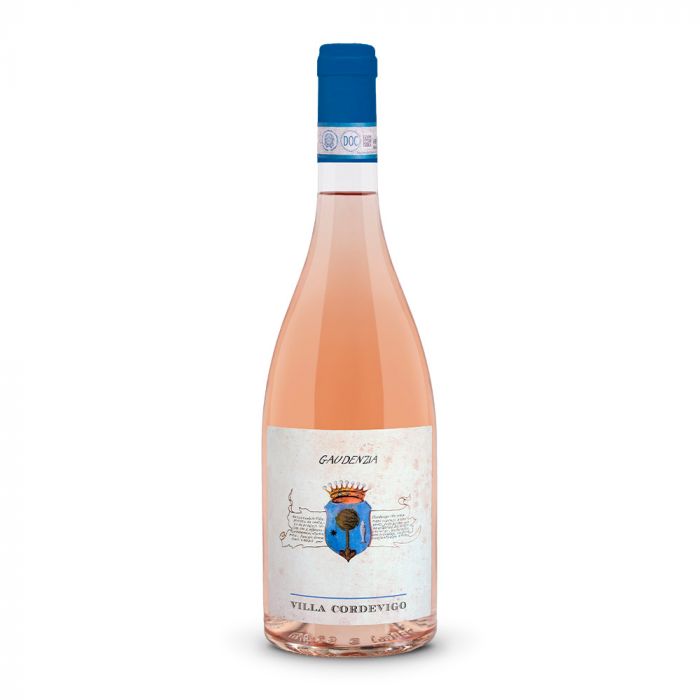
The Gaudenzia 2019 is the crown jewel of Villabella’s Chiaretti. The 2018 was the first appearance of this Chiaretto and it was immediately met with great enthusiasm. German language wine magazine Falstaff bestowed it with 94 points, putting it in Italy’s top three rosés in 2021. The Gaudenzia 2019 is no less a head-turner. Amongst the 50 samples I tasted, it stood out as a complex wine with a very different set of aromas than other Chiaretti. Ripe peach, melon and smoky notes in the background give this wine a very different profile. On the palate this wine is also much fuller and richer, adding extra depth. The color of the wine has obvious yellow tones that show that this is not last year’s rosé. “When we make this wine, we also extract some tannins, that is one of the reasons why we let it age 3 years before we put it on the market. We also apply micro-oxygenation for that reason.” Mr Cristoforetti further explains that this is not just a direct press rosé : “This is a mix of the two methods. Part of the grapes are pressed directly, the other part undergoes the saignée method. In fact, everything for this wine is different. Also the vineyard management, for example, is adapted for the Gaudenzia. We want more phenolic maturity of the grapes, and it is important to reach a higher level of sugar. The slightly higher level of alcohol and the extra glycerine are important to obtain that richness on the palate.”
When asked if there will be more such Chiaretti in the future, Mr Cristoforetti answers positively. “With the production of Chiaretto going up, there is more space for experiments, so yes, there will undoubtedly be more such wines in the future.” But he does not see this as a break-away from the main style. “The Gaudenzia is sold in Michelin-starred restaurants, so it is great to have it as an exceptional wine in your range. But 98% of Chiaretti will remain fresh and crisp rosé.”
With a great demand for this style of rosé in Italy and Germany and with Chiaretto retailing easily at 10€ and more, it would indeed be not very wise to switch this success formula. But wines such as the Gaudenzia are a great addition for people who are looking for more complexity and a rosé that you can drink in every season.


